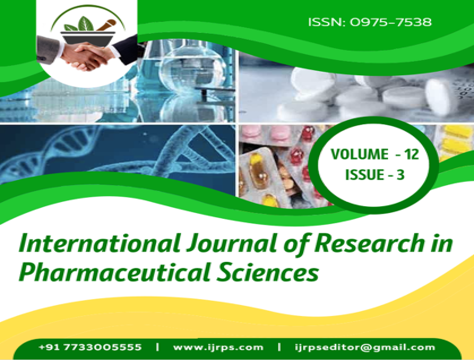Abstract
The necessity of preserving human tissue has increased over the years because of various reasons. Preserved tissues play a crucial part in the teaching and research of anatomy. This review paper has compiled the basic techniques of human tissue plastination from the anatomical perspective and its advantages over typical methods. One of the most effective techniques we used to preserve human tissue is plastination. It was developed by German anatomist Dr. Gunther Von Hagens. After him, many improvements are made to get maximum results. Because of this technique's advancement, we can see an accurate 3-D sample of human tissue, which is anatomically correct and looks almost real. There are essential procedures for all types of plastination like fixation, dehydration, defatting, force impregnation, positioning, and hardening. Silicone, epoxy, and polyester are primarily used as the polymer. Acetone is used for dehydration. Removal of fat is crucial for tissue preservation by plastination. Plastinated specimens are used in laboratories for teaching anatomy, in research institutes for morphological studies, and also in forensic to solve crimes. After analyzing several research articles, it was concluded that plastination has much more advantages than other human tissue preservation techniques for anatomical usages.
Full text article
References
Coleman, R., Kogan, I. 1998. An improved low-formaldehyde embalming fluid to preserve cadavers for anatomy teaching. Journal of Anatomy, 192(3):443–446.
Hagens, G., Tiedemann, K., Kriz, W. 1987. The current potential of plastination. Anatomy and Embryology, 175(4):411–421.
Horst, C., Hagens, R., Sora, C.-M., Henry, R. W. 2019. History and development of plastination techniques. Anatomia, Histologia, Embryologia, 48(6):512–517.
Hubbell, D. S., Dwornik, J. J., Alway, S. E., Eliason, R., Norenberg, R. E. 2002. Teaching gross anatomy using living tissue. Clinical Anatomy, 15(2):157–159.
Kumar, V., Faran, N., Ganguly, S., Para, P. 2018. Preservation of Biological Specimen by Plastination Technique. pages 30–36, Rohini, Delhi, India. AkiNik Publications.
Latorre, R., Bainbridge, D., Tavernor, A., Albors, O. L. 2016. Plastination in Anatomy Learning: An Experience at Cambridge University. Journal of Veterinary Medical Education, 43(3):226–234.
Latorre, R. M., García-Sanz, M. P., Moreno, M., Hernández, F., Gil, F., López, O., Ayala, M. D., Ramírez, G., Vázquez, J. M., Arencibia, A., Henry, R. W. 2007. How Useful Is Plastination in Learning Anatomy? Journal of Veterinary Medical Education, 34(2):172–176.
McLachlan, J. C., Bligh, J., Bradley, P., Searle, J. 2004. Teaching anatomy without cadavers. Medical Education, 38(4):418–424.
Rahman, S. M. N., Alam, T., Alam, N. N. 2021. Preservation of Histology by Phenol-Based Fixative: Mini Review of Recent Findings. International Journal of Morphology, 39(1):50–56.
Riederer, B., Bolt, S., Brenner, E., Bueno-López, J., Chirculescu, A., Davies, D. C., Caro, R., Gerrits, P. O., Mchanwell, S., Pais, D., Paulsen, F., Plaisant, O., Sendemir, E., Stabile, I., Moxham, B. 2012. The legal and ethical framework governing Body Donation in Europe - 1st update on current practice. European Journal of Anatomy, 16:1–21.
Riederer, B. M. 2014. Plastination and its importance in teaching anatomy. Critical points for long-term preservation of human tissue. Journal of Anatomy, 224(3):309–315.
Shian, S. W., Soenggono, A., Pramod, S. V. 2016. Comparison of Tissue Preservation using Formalin and Ethanol as Preservative Formula. Althea Medical Journal, 3(3):359–363.
Sora, M.-C., Latorre, R., Baptista, C., López-Albors, O. 2019. Plastination—A scientific method for teaching and research. Anatomia, Histologia, Embryologia, 48(6):526–531.
Authors

This work is licensed under a Creative Commons Attribution-NonCommercial-NoDerivatives 4.0 International License.

